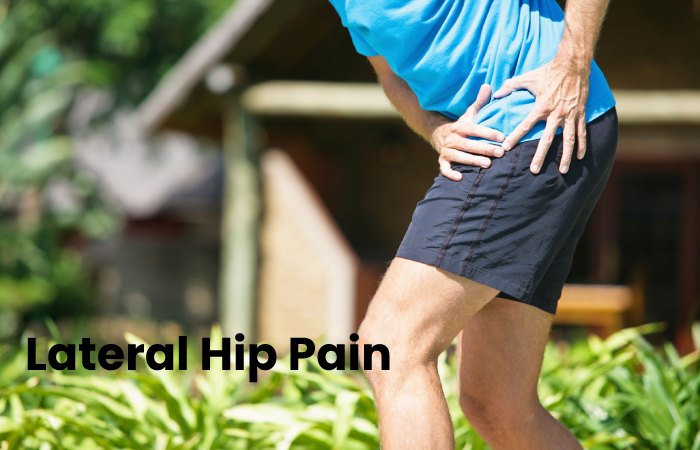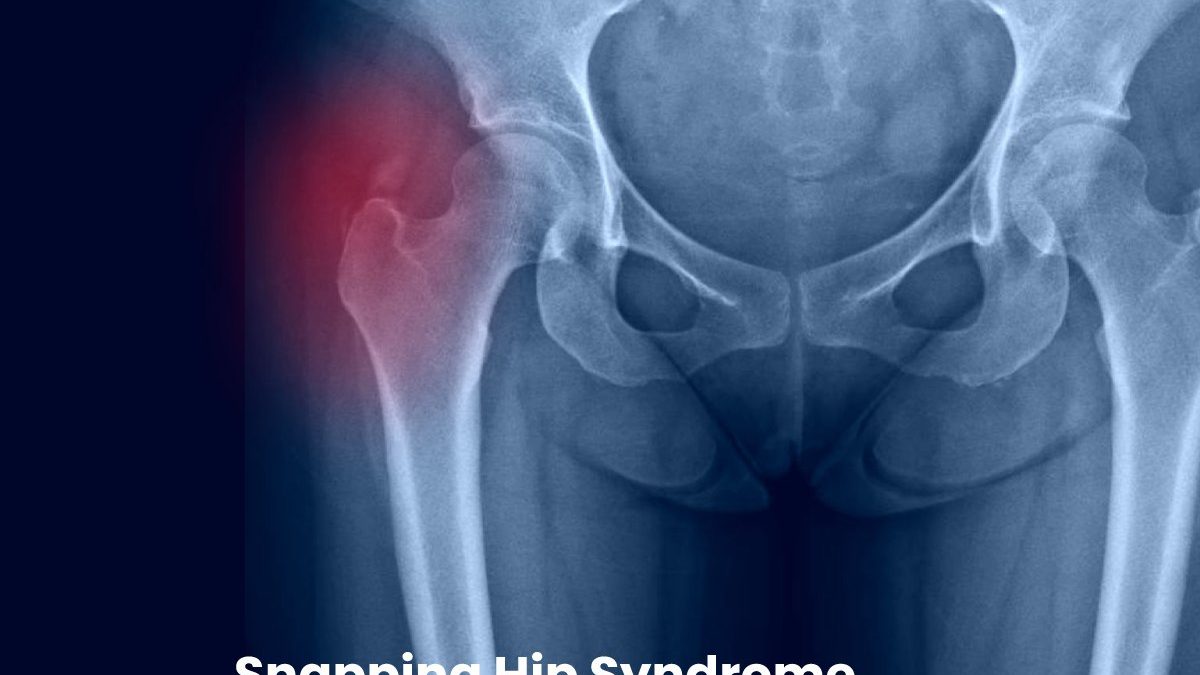Snapping Hip Syndrome – Snapping the hip is the popping sensation located in or around the hip joint. Snapping the hip occurs when making specific rotational movements of the hip or when carrying out certain sports activities, or even when performing
Simple movements such as getting up from a chair. The snapping hip syndrome does not have to present pain, but it is usually accompanied by other conditions such as bursitis or the presence of muscle spasms, which do cause discomfort. Snapping hips tend to predominate in women between 1and 40.
Table of Contents
Classification
Specialists Classify Snapping Hips Into Three Types
Internal Snap Hip
It is due to a protrusion of the iliopsoas muscle tendon on a bony relief of the coxal bone known as the iliopectineal line, located in the anterior plane or on the femoral head.
External Snap Hip
It is the most common and is caused by a protrusion of the outer iliotibial band, the musculotendinous union of the gluteus maximus muscle. In addition, the lateral prominence of the femur gives insertion to several tendons. Generally, it is usually associated with bursitis (inflammation of the trochanteric bursa).
Hip In Intra-Articular Spring
It is due to a bony or cartilaginous intra-articular loose body. Pain and mobility blockages are very characteristic symptoms of intra-articular snapping hip.
Snapping Hip Syndrome Symptoms
- Audible snapping sound at the hip when extending, abducting or externally rotating the hip joint.
- There is no pain as long as we do not exercise.
- Observe possible discrepancies between the movement of both legs when walking over the bump or due to dysmetria.
- Observe if there is an increase in knee flexion when walking.
- Palpation of the femoral trochanter is painful, and palpation of the muscular part of the tensor fasciae latae or quadriceps causes pain.
Factors Influencing Snap Hip
- Demetria of lower limbs, being more frequent its appearance in the most extended leg.
- More frequent in women between 15-40 years, although there are also cases in men.
- Only 30% of people with snapping hips have pain.
- Due to alterations in the anterior, superior iliac spine.
- Alterations in the acetabular position.
- Antiquing the pelvis or bilateral anterior rotation/slide movement of both iliac bones favors tension in the psoas.
Causes Of Snapping Hip
There are other reasons why hip pain occurs. Specifically, we can discuss two possible causes: lateral hip pain and anterior hip or groin pain. We describe it below
Lateral Hip Pain
Lateral Hip Pain May Be Due To
- Hip periarthritis.
- Alterations of the iliac cup.
- Femoral head dystrophy.
- Femoral head dysplasia.
- Alterations of the coccyx (coxitis).
- Osteoarthritis of the sacroiliac or pubic joints.
- Thoracolumbar spine dysfunction.
- Referred muscle pain or trigger points.

Anterior Hip Pain
In this case, the causes of anterior hip pain are as follows
- Psoas tendon involvement.
- thoracolumbar dysfunctions.
- Abdominal hernia in women or inguinal in men.
- Referring to muscle pain.
Snapping Hip Syndrome Treatment
The first measures of the specialist will be to know the symptoms and carry out a physical examination, request a complementary magnetic resonance, and rule out any other pathology. Confident that it is a trigger hip, conservative treatment is performed; Iliotibial band and iliopsoas muscle stretching and anti-inflammatory medication. In some cases, injections with corticosteroids and local anesthetics can be completed in the trochanteric region or at the level of the iliopsoas region.
If the patient presents bursitis, the specialist will recommend the cessation of physical activity until the inflammatory process disappears.
Conclusion
Snapping hip Syndrome is a disorder in which a “pop” is felt and/or heard at the hip level caused by the protrusion produced when a muscle or tendon slides over a bony protrusion at the level of the hip joint.


